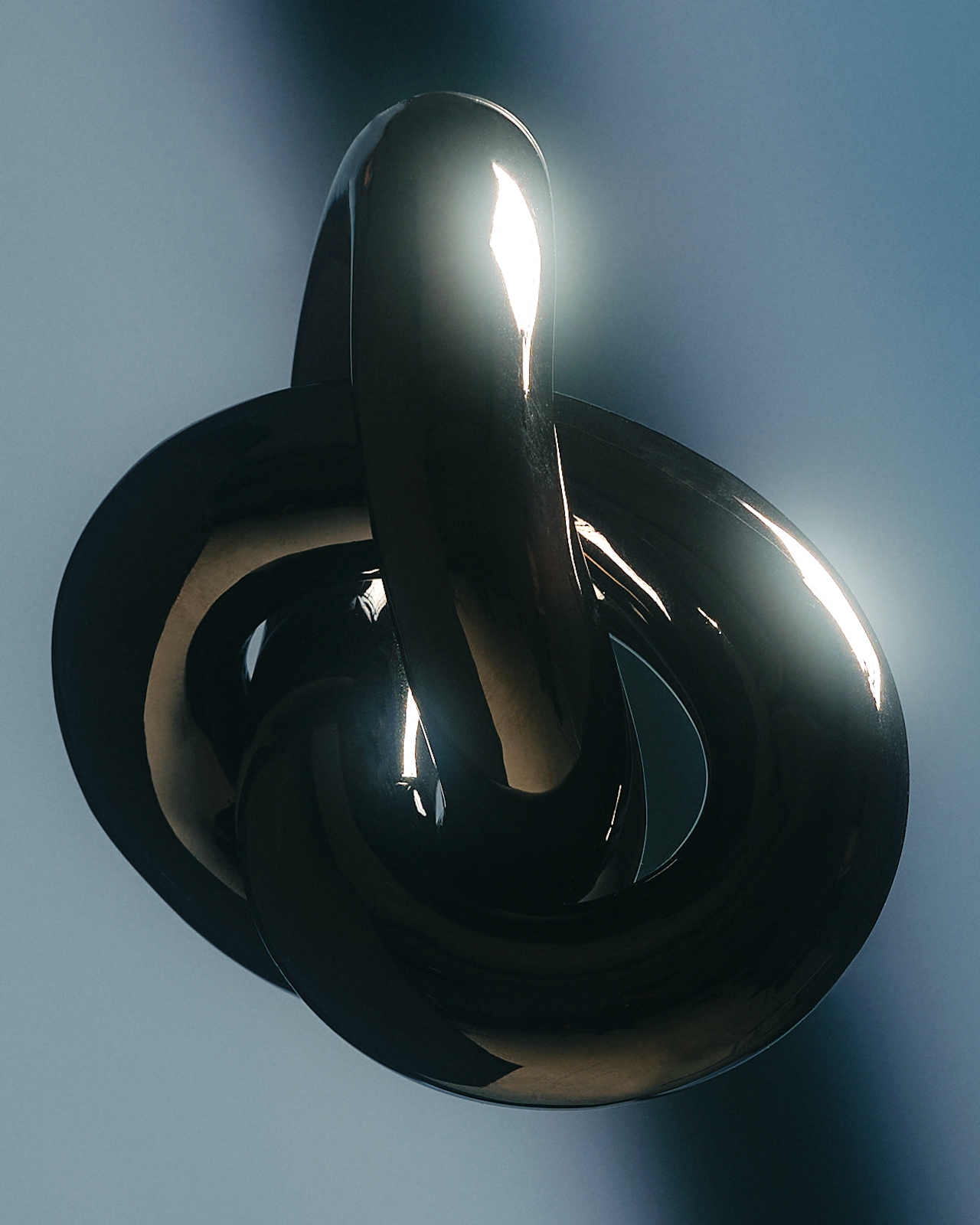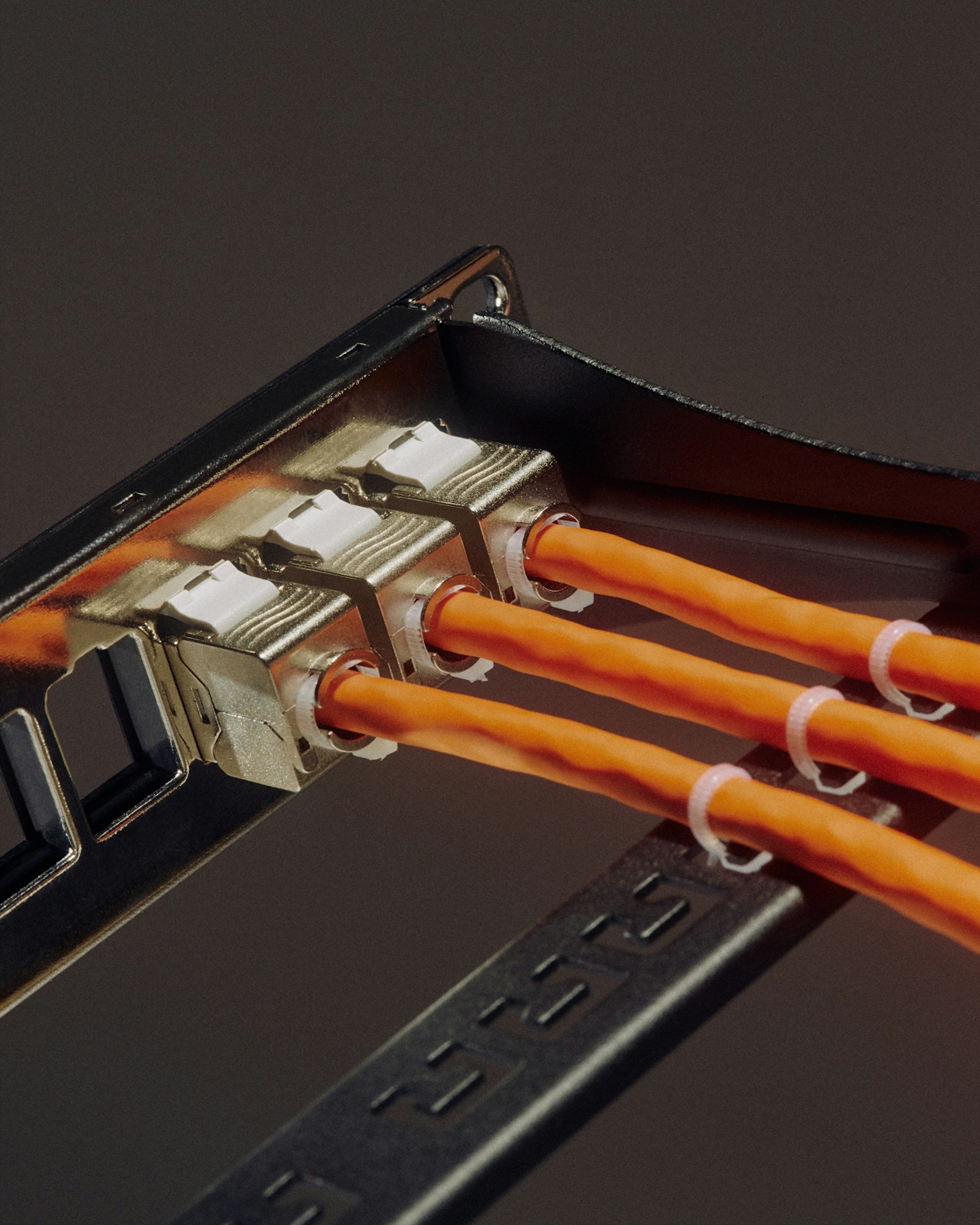There's a peculiar moment that happens around month three of any startup. The initial creative burst that carried you through launch starts to sputter. Your team, once firing off ideas like confetti, now stares at blank Figma files wondering where the magic went. The startup creative workflow that felt so natural suddenly needs actual structure.
I've watched this pattern play out dozens of times, both in my own projects and with founders I've worked alongside. The transition from creative chaos to sustainable momentum isn't about killing spontaneity—it's about building systems that actually feed it.
"The best creative systems are invisible until you need them," says 67961be73378773c7b3d366d.
The Rhythm of Making
Most startups treat creativity like a faucet—turn it on when you need it, panic when it runs dry. But sustained creative output works more like a flywheel. You need consistent input, regular motion, and enough friction to generate heat without grinding to a halt.
Take Linear's approach to product design. They've built their startup creative workflow around weekly design reviews that aren't about approval—they're about momentum. Every designer shows work in progress, no matter how rough. The goal isn't perfection; it's maintaining velocity.
This kind of systematic creativity feels counterintuitive at first. We imagine great work emerging from late-night inspiration or solitary genius. But watch any successful design team long enough, and you'll see the opposite: disciplined habits that create space for unexpected connections.
Building Your Creative Operating System
The most effective creative workflows share three characteristics: they're asynchronous enough to respect deep work, synchronous enough to maintain energy, and documented enough to outlive their creators.
Start with what I call "creative containers"—recurring rituals that give structure without prescribing outcomes. Maybe it's Tuesday morning concept jams where bad ideas are celebrated. Or Friday design archaeology sessions where you dissect work you admire. The format matters less than the consistency.
"Great creative work happens not despite constraints, but because someone had the courage to define them clearly."
Studios like Metabrand explore how identity evolves at the intersection of design and technology, often using structured sprints that blend strategic thinking with experimental play. This balance—rigor and randomness—keeps teams from either burning out or boring themselves to death.
The Documentation Paradox
Here's what nobody tells you about scaling creative work: the more you grow, the more your startup creative workflow depends on what you write down. Not just final deliverables, but the thinking behind them. The failed directions. The heated Slack debates. The sketch that almost worked.
I learned this the hard way watching a brilliant brand system fall apart six months after launch. The designer had left, taking all the unwritten rules with them. What remained was a beautiful cemetery of assets with no map to navigate them.
Now I tell teams to treat their creative process like open-source code. Document your thinking in Notion. Record Loom videos walking through design decisions. Build component libraries that include not just what to use, but why and when. This isn't bureaucracy—it's creative inheritance.
Energy Management Over Time Management
The biggest myth about startup creative workflow is that it's a time problem. It's not. It's an energy problem. You can't schedule inspiration, but you can absolutely schedule the conditions that make it more likely.
Watch when your team naturally clusters around problems. Notice when conversations shift from tactical to conceptual. These patterns reveal your creative metabolism—the natural rhythm of how your specific group generates and refines ideas.
Some teams thrive on intensive sprints followed by integration periods. Others need consistent, lighter touch points. Pentagram famously structures their teams around partners who each bring different creative rhythms, allowing projects to flow between different energy states.
The Compound Effect of Small Rituals
The real secret to sustainable creative momentum isn't revolutionary. It's the accumulation of small, repeated acts that keep the creative muscle engaged. Daily design warm-ups. Weekly inspiration shares. Monthly retrospectives that celebrate process, not just outcomes.
These rituals compound over time, building a shared creative vocabulary and muscle memory that makes the hard work feel easier. They transform creativity from a mysterious muse into a reliable practice.
The startups that maintain creative momentum through hypergrowth aren't the ones with the most talent or resources. They're the ones who treat their startup creative workflow as a living system worth tending. They understand that creativity at scale isn't about preserving the garage days—it's about evolving methods that honor both craft and velocity. The magic isn't in the spark; it's in keeping the fire fed.










